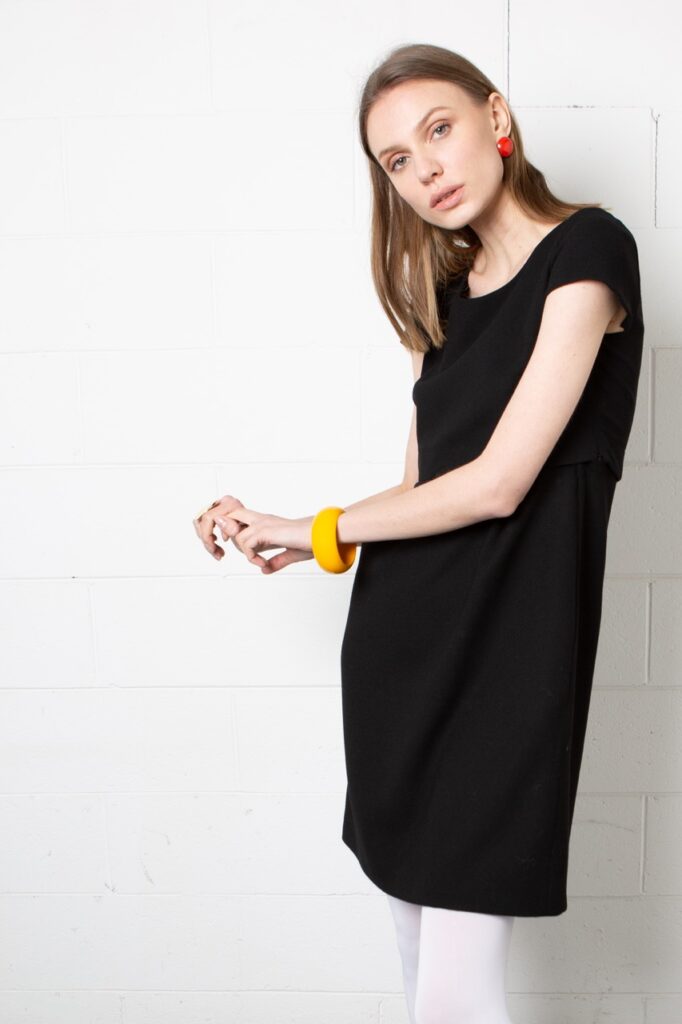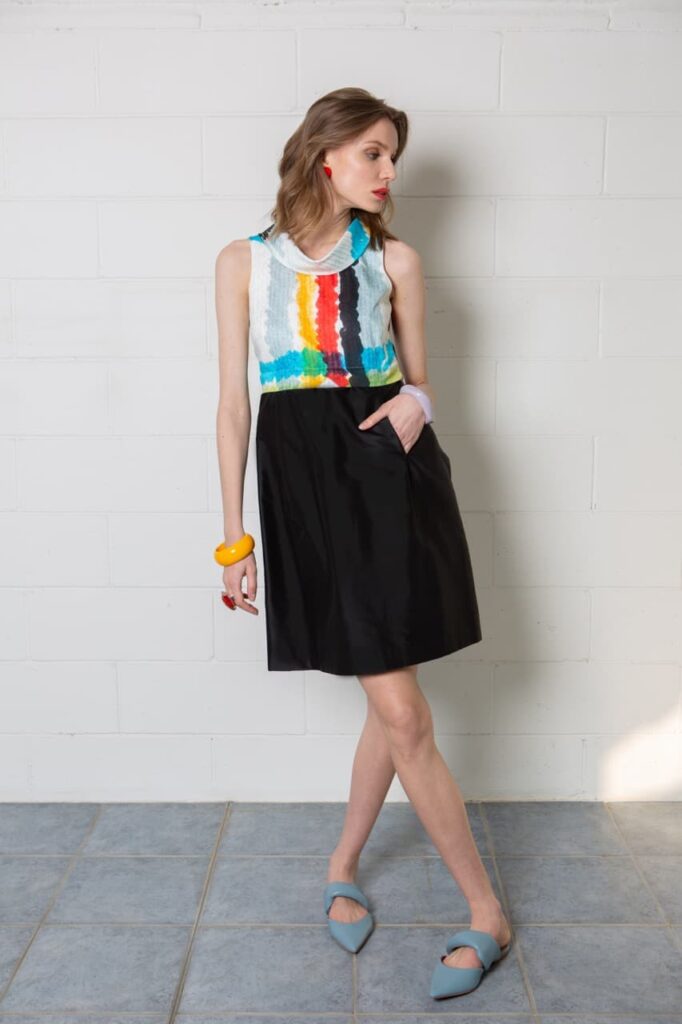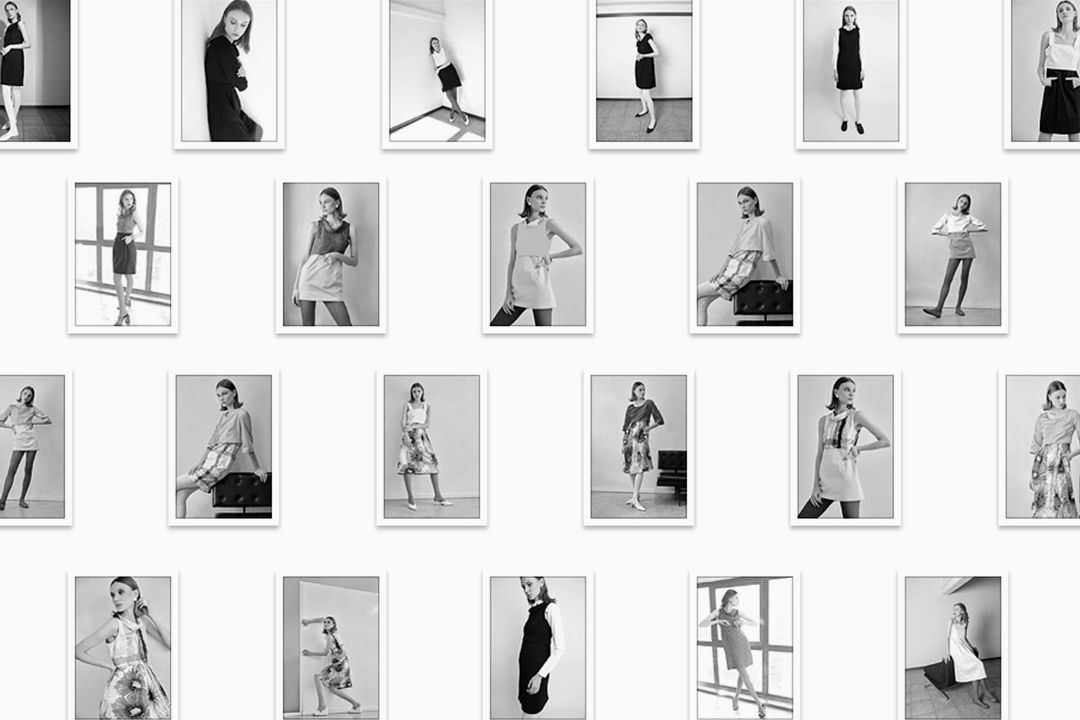Modularity is at the heart of my project that combines a mathematical approach with the fluidity of fashion, embodying the principles of circular economy and optimal resource management.
With a background in Applied Mathematics at the Università degli Studi of Milan, I realised that modularity is not just a mathematical concept but can indicate an innovative way in which we conceive and create in the world of design, especially when we talk about ‘modular design’.
I love mathematics because it’s a way of proceeding, a way of seeing the world, approaching it, and describing it. Numbers are in things; they require attention, encourage connected thinking, and eliminate distances. In my project ‘unitedseparable’, modularity and mathematics manifest through the ‘divisibledress’ system, where the combination of interchangeable pieces generates countless stylistic options and significant resource savings. This modular approach extends from design to business strategy, promoting sustainable and adaptable solutions that reflect the dynamics of the circular economy.
Modularity in design combines aesthetics with mathematical functionality. Take, for example, the ‘divisibledress’ system of my project ‘unitedseparable’. Imagine having 3 divisible dresses, each consisting of a top-component and a skirt-component that can be interchanged. If we keep one top fixed, we have 3 skirt-components to match, creating 3 unique combinations. But the magic of modularity is revealed when we start to permute all the parts: with 3 tops and 3 skirts, we actually have 3×3, i.e., 9 possible combinations. Now, let’s introduce a fourth element, another skirt or top, into the mix. This doesn’t just add another option but multiplies the possibilities: now we have 4 tops to match with each of the 3 skirts, resulting in 12 different combinations.


THIS IS THE PRINCIPLE OF MODULARITY: WITH EACH NEW COMPONENT ADDED, THE STYLISTIC POSSIBILITIES INCREASE SIGNIFICANTLY, WHILE THE IMPACT ON THE USE OF RESOURCES REMAINS LOW.
Modular design exploits the principles of combinatorial mathematics to maximise creative expression and minimise waste, demonstrating how numerical precision and the A002620 sequence from the On-Line Encyclopedia of Integer Sequences can inspire sustainability and innovation in the fashion world.
Currently, modularity in my project ‘unitedseparable’ is realised through a zip-based fastening system. However, the combinatorial vision of harmonising pieces does not want to limit itself to this single modality. We are constantly looking for new solutions that can extend and enrich the concept of modularity. We are working on various ideas to apply this principle in different ways, exploring new fastening systems and integrations that can offer additional creative and functional possibilities.
Our goal is to continue experimenting with modularity, leveraging its inherently flexible and adaptable nature to create designs that not only meet aesthetic and practical needs but also fit responsibly within the circular economy.
This approach allows us to offer a variety of sartorial choices and redefine the concept of collection, emphasising quality and versatility over quantity and monotony, increasing style options while maintaining our commitment to efficient resource management.

